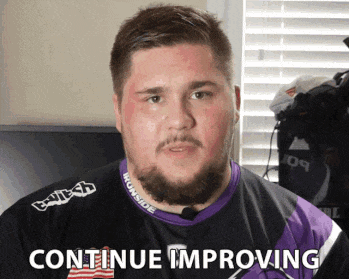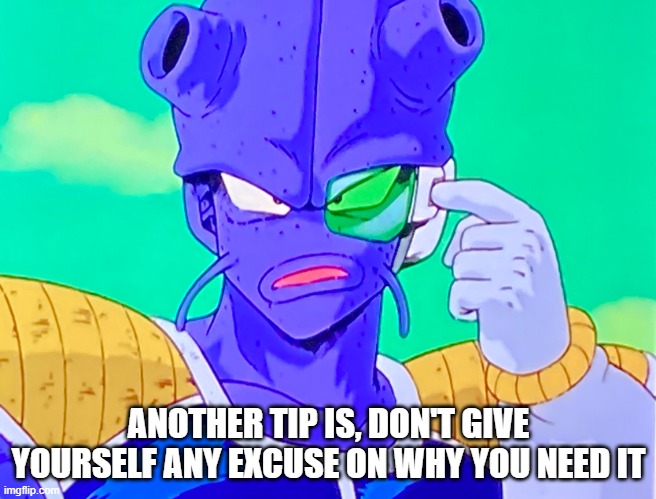Hello Grasshoppa,
Many of us have a threshold for items we consider purchasing, whether they cost as little as RM100 or as much as RM100,000 for substantial investments like cars or houses. Typically, my minimum reconsideration threshold starts as low as RM100, and I grant myself up to 24 hours to contemplate the purchase. The more expensive the item, the more time I allocate for reconsideration. I’m certain that many of you follow similar practices before making a purchase. If you don’t, it’s a beneficial habit to adopt, as it can help you save money and avoid impulsive buying decisions.
Before delving into a list of helpful questions, you need to establish a minimum benchmark for the amount that warrants consideration before a purchase. Once you’ve determined this minimum amount, the next step is to set a timeline for evaluation. For instance, for purchases ranging from RM100 to RM500, I allocate 24 hours for consideration. During this timeframe, you can use the following questions to guide your decision-making process:

This question often provides a straightforward answer regarding whether you should proceed with the purchase. If your current phone functions well, you may not need the latest iPhone unless your existing device is malfunctioning.
Using the iPhone as an example, besides the latest model, can you consider purchasing the previous generation, or are there alternative phone brands that offer similar features at a lower price?
Consider the duration of happiness the purchase will bring. Will your new iPhone bring joy for just a few days or a month? Sometimes, the excitement of online purchases fades quickly once the item is received and used.

For items like the latest iPhone, is it necessary to buy it as soon as it’s released, or can you wait a few months? Delaying non-urgent purchases can lead to savings, as the initial excitement often subsides.
Consider how the item will enhance your life. Will it make you appear cooler, increase convenience, or genuinely improve your daily life? If it offers significant benefits, proceed to the next question.

As you approach a decision, take the time to search for the best deal. Even a small saving, like RM10, is worth pursuing.
This applies to both small and large items. Evaluate the available space in your home. Even something as small as a phone takes up drawer space unless you plan to sell or dispose of the old one. This consideration is essential, especially if you have limited space.

Conclusion:
These eight questions serve as valuable guidelines for making informed purchases rather than succumbing to impulsive buying. Allocating a minimum of 24 hours for contemplation is a prudent practice, and at the end of that period, you may even decide against the purchase. For higher-priced items, allow yourself more time, particularly for purchases exceeding five digits. Ultimately, it’s about safeguarding your hard-earned money and avoiding impulsive decisions. Most likely, these questions will save you hundreds or even thousands of dollars by preventing rash purchases.

OSS!



